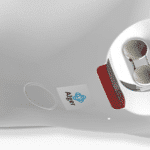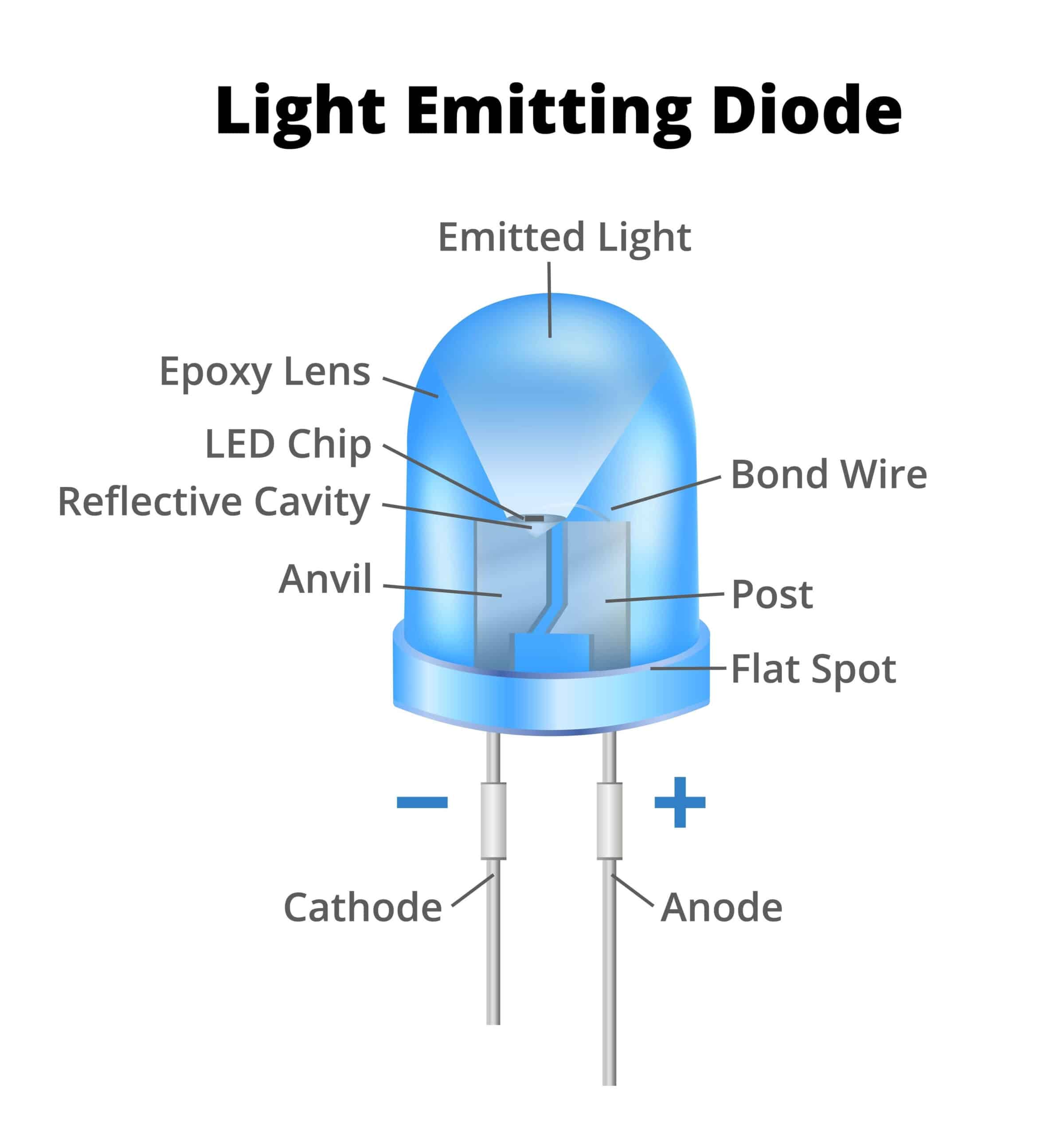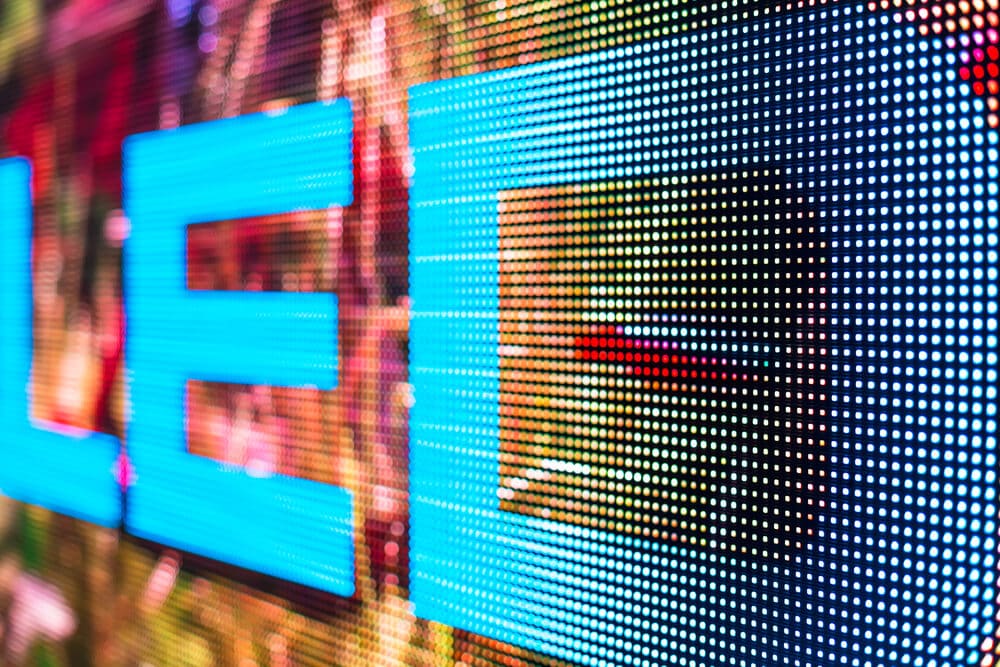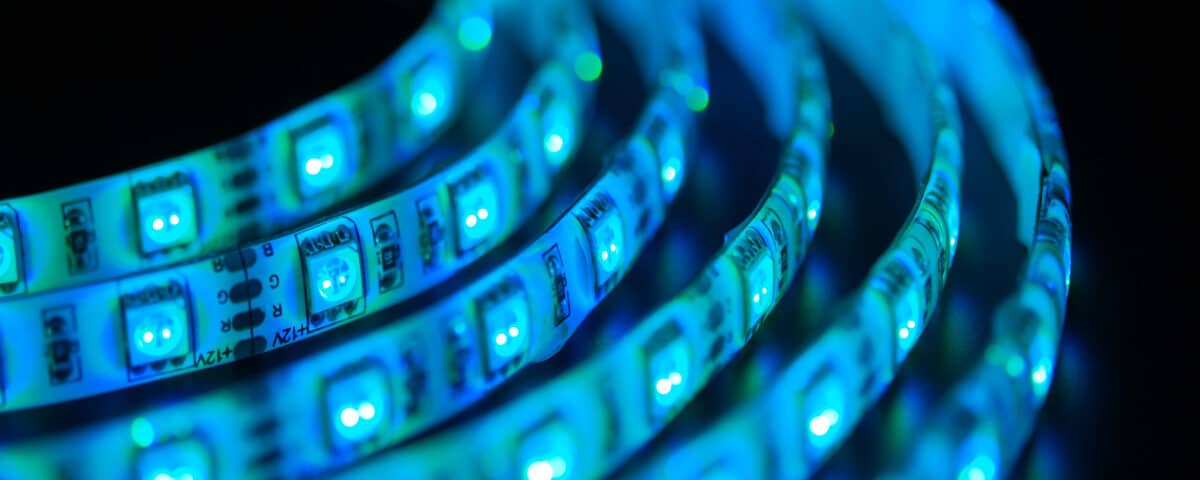
A History of the Alger Manufacturing Company, Or How the AlgerBrush and AlgerLight Built A Family Business From Innovation
August 30, 2023
Eye-catching Modern Innovations in New Lighting Technology
October 31, 2023The AlgerLight
The AlgerLight was invented in the early half of the 1960s, the brainchild of then-resident dentist Dr. David Alger, and refined over the following decade. The AlgerLight was a revolutionary approach to dental lighting. Its ceiling-mounted design focuses light beams from a distance, freeing up space for medical practitioners to move about unrestricted while still receiving the necessary light needed to perform in-mouth dental procedures. Since its inception, the AlgerLight has evolved in various ways to improve its usability and longevity, making it a more robust medical instrument. Improvements include adding a footswitch pedal and an RF (radio frequency) hand-held remote control. The housing of the AlterLight has also been improved, stepping up the original metal enclosure to molded plastic. However, the most significant redesign for the AlgerLight came in the early 2000s when Dr. Alger, working with aircraft lighting engineers, replaced the AlgerLight’s bulbs with LEDs, increasing the brightness and control of emitted light while significantly prolonging the lifespan of its light source.
LED Reset the Standard for New Lighting Technology
With the addition of LEDs, the AlgerLight entered into a new era of lighting technology alongside numerous other light products. Innovation in LED lighting has impacted consumer and commercial industries alike due to its undeniable improvements over traditional incandescent and fluorescent light bulbs. LEDs last longer, shine brighter, and require notably less electricity to power. It is no wonder the LED has become the standard for modern lighting technology, and it is pushing new lighting technology even further with LED innovations, like OLED.
In this blog, we will explore the origins of LED, its evolution, impact, and modern innovation in LED lighting to see how this groundbreaking technology came to illuminate the modern world.
What is LED?
LED stands for “light-emitting diode.” It is a semiconductor light source that illuminates when electricity is run through a crystalline solid.

How is an LED Different From an Incandescent Light Bulb?
LEDs are fundamentally different from incandescent light bulbs, which, instead of using a semiconductor, run electrical current through a thin metal wire known as a filament. The most common metal used for incandescent light bulb filaments is tungsten. The electricity heats the filament until it glows, illuminating the bulb. This is why incandescent light bulbs grow hot as they remain on while LEDs do not–just one of the many benefits LEDs hold over traditional incandescent bulbs.
The Introduction of the LED
The invention of the LED is popularly attributed to Illinois-born engineer Nick Holonyak, Jr. In 1962, Holonyak introduced an LED that could emit visible red light, laying the groundwork for decades of LED development and earning him the reputation as “the Father of the light-emitting diode.” Technically, LED technology predates Holonyak’s significant invention (including earlier contributions by Russian inventor Oleg Losev and the Texan electrical engineer James R. Biard), but it took Holonyak’s visible-spectrum LED to kickstart the development of LED technology that would culminate in its current ubiquity.
LED Remote Controls
One of the significant milestones for LED’s advancement was the application of infrared (IR) LEDs, which served as a breakthrough in remote control technology. Because infrared light is invisible to the human eye, IR LEDs allowed remote controls to go wireless. IR remotes quickly became the go-to for wireless remotes for all manner of electronics, including televisions, computers, and stereos.
Innovation in LED Lighting
In the ’70s, ’80s, and ’90s, engineers continued to push the capabilities of LED light technology, introducing additional colors like blue, yellow, and eventually white, as well as increasing the intensity of LEDs to expand its applications as a viable light source for commercial and consumer use.
Early Use LED Lighting Technology
One of the first commercial applications for LED lighting was in commercial refrigeration. LED lights replaced the previous standard fluorescent bulbs in refrigerator display cases, introducing a slew of new benefits with the changeover. A 2012 article in LEDs Magazine about the trending shift in commercial refrigerator lighting identified some of these benefits, including a 60% reduction in energy use by LED lights over fluorescent lights, additional savings in refrigerator energy due to LEDs cool operating temperatures (fluorescent lighting, like incandescent bulbs, heat when illuminated), LED fixtures rated for 100,000 hours that extend their lifespan when operating in colder temperatures, and LED’s superior directional lighting, which–when compared to fluorescent bulbs’ diffused, omnidirectional lighting–better spotlights food products while reducing glare on the cases’ glass doors.
Expanded Applications of LED Lighting Technology
Due to the energy efficiency and longer lifespan of LEDs over incandescent bulbs, LED has become the technology of choice for home lighting, starting in the early 2000s. According to the Department of Energy, LED bulbs use at least 75% less energy and last up to 25 times longer than incandescent bulbs. These two key improvements over more historical lighting options have motivated the proliferation of LED lighting technology in a vast number of industries–commercial and consumer. LEDs are today found in commercial signage, traffic signals, aviation and automobile lighting, home and commercial venue lighting, computer screens, phones, and televisions, among many more applications.
Innovation in LED Television Technology
One of the most marketed applications of LED technology has been in the television market. Consumer LED televisions have been around since the mid-2000s. Sony’s QUALIA 005 model LED television, for instance, dates back to 2004. Since then, LED technology has become the industry standard for flat-screen, high-definition televisions. In addition to the improved brightness and energy efficiency LED brought to lighting applications, the introduction of LED television technology improved image resolution and color quality over older-model CRT (cathode ray tube) televisions. The newest LED light technology for television use has now emerged as OLED.
What is OLED?
OLED is the next generation of LED television technology. OLED stands for “organic light-emitting diode,” which means that OLED semiconductors are composed of pi-bonded molecules or polymers made up of carbon and hydrogen atoms.

How is OLED Different from LED?
While the technical makeup of LED vs. OLED semiconductor materials can be difficult for the average consumer to grasp, the results of OLED are not. A traditional LED television relies on a transparent LCD screen to generate the colors illuminated by the bright LEDs behind it. This is called backlighting. By comparison, OLED displays do not rely on an LCD screen and instead create the colors and illumination directly. This means more precise control of color and brightness. It also translates to deeper, more realistic black levels, one of the historic LED sticking points for media enthusiasts.
The Future of LED Technology
For now, LED technology continues to expand its applications. Its omnipresence in screens of all types, from computers to televisions to stadium jumbotrons and automotive dashboard display panels, means the LED is here to stay. OLED is leading the charge to push this technology even further for products that rely on image displays. But when it comes to new lighting technology, like those updates made to the AlgerLight, traditional LEDs meet modern needs. Its longevity, efficiency, availability, and versatility in lighting color, direction, and intensity make it an ideal technology for consumer, commercial, and industrial use. LED smart bulbs and IoT technology are further integrating LED into our home lighting experiences, while LED is rapidly replacing fluorescent lighting across commercial and retail spaces. We’ll explore some of the newest LED light technology in a dedicated future blog. For now, take a moment to marvel at the leaps and bounds LED technology has made in the last half-century, from an experimental breakthrough in 1962 to its current iteration as a societal mainstay.



